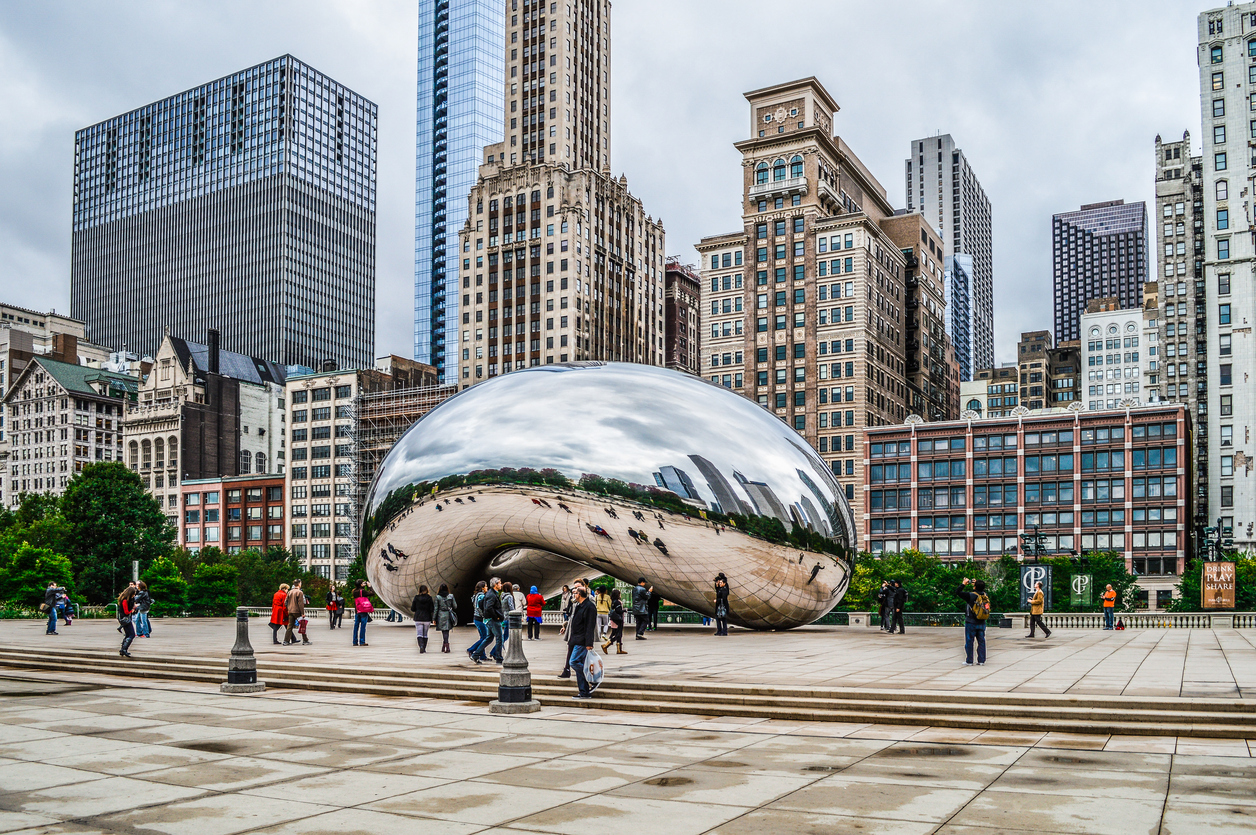Having unveiled its Police Observation Devices (PODs) program in 2003 and Operation Virtual Shield initiative in 2005, Chicago has been as progressive as any major U.S. metro area in the deployment of video surveillance and related anti-crime/terror security technologies.
As our nation and industry reflect on the 17th anniversary of the 9/11 tragedies this month, Chicago’s efforts to harden its vulnerabilities and be best prepared to respond quickly to any public safety need are to be commended.
More recently, the Windy City is turning to technology to help it curtail rising gun violence. In keeping with this issue’s special coverage of Chicago-area video surveillance and security, which included me going onsite to tour McCormick Place’s solution, I spoke with Ruben Madrigal, managing deputy of public safety information and technology for the city’s Office of Emergency Management & Communications (OEMC).
The OEMC provides 911 service for police, fire and emergency medical services and organizes major emergency response. It manages incidents, coordinates events, operates communications systems, and provides technology, among other support, to help city services protect lives and property.
Please describe the details you are at liberty to regarding Chicago’s video surveillance system.
Ruben Madrigal: We own and maintain approximately 3,700 cameras, but have access to over 32,000 through our federations. The majority of the cameras we own are HD pan/tilt/zoom, and they communicate in one of three methods: direct fiber optic connection, our own wireless or cellular. All of them feed into our Genetec video management system. In addition to the p/t/z cameras, we also have thermal and license plate recognition [LPR] cameras. We also have cameras on police and fire boats and helicopters, SUVs, trailers and command vans, among others.
How are the cameras monitored, by whom and what are the retention and privacy parameters?
Madrigal: Our cameras are viewable at all police districts, public safety headquarters and at the OEMC. Additionally, some of our cameras are available for viewing by other state and federal partners. Depending on the transmission method utilized, we store our video from all cameras for either 15 or 30 days. City departments work together with law enforcement to monitor large crowds on the public way to ensure the safety of residents as well as their rights to free speech.
Monitoring only occurs in public areas and for public activities where no legally protected reasonable expectation of privacy exists, such as streets, sidewalks or parks. Camera technology is used daily to monitor traffic flow during rush hours, and events such as Taste of Chicago, major sporting events, airport activities and large crowds.
Is it more about contending with daily crime or dealing with terror threats?
Madrigal: Our cameras are used by different entities for different reasons. Police may be viewing live video of a large event, such as Lollapalooza or the marathon, for unusual activity whether criminal in nature or terrorist threats. The city’s Operations Center uses them to respond to traffic-related issues, such as accidents; they may use them to monitor large crowds such as parades; our 911 call takers use them to validate calls for fires, EMS and police issues.
What are examples of the system helping stop or solve crimes/incidents or otherwise mitigating risk? Is it easing the gun violence?
Magridal: The Chicago Police Department routinely conducts surveillance camera missions across the city to deter illegal activity and arrest criminals via POD watchers. Starting last year, CPD implemented a smart policing strategy that spans more than half the city, including 13 completed Strategic District Support Center rooms, with integrated POD crime cameras and 100 square miles covered with gunshot detection.
The gunshot detection and surveillance systems are linked so when a gunfire sensor confirms a shot was fired, available POD cameras in the area are automatically displayed within the SDSC rooms to aid officer response and safety and increase the likelihood of apprehension of potential suspects.
In addition, the city just announced the latest improvements from the CTA’s Safe and Secure program, a multifaceted effort to increase safety across the CTA system and provide a more secure, comfortable traveling experience. Through Safe and Secure, CTA will add or upgrade nearly 5,000 cameras at train and bus stations, as well as new lighting, repairs and other improvements at all 146 CTA rail stations.
This article originally ran in CS’s sister publication, Security Sales & Integration.







